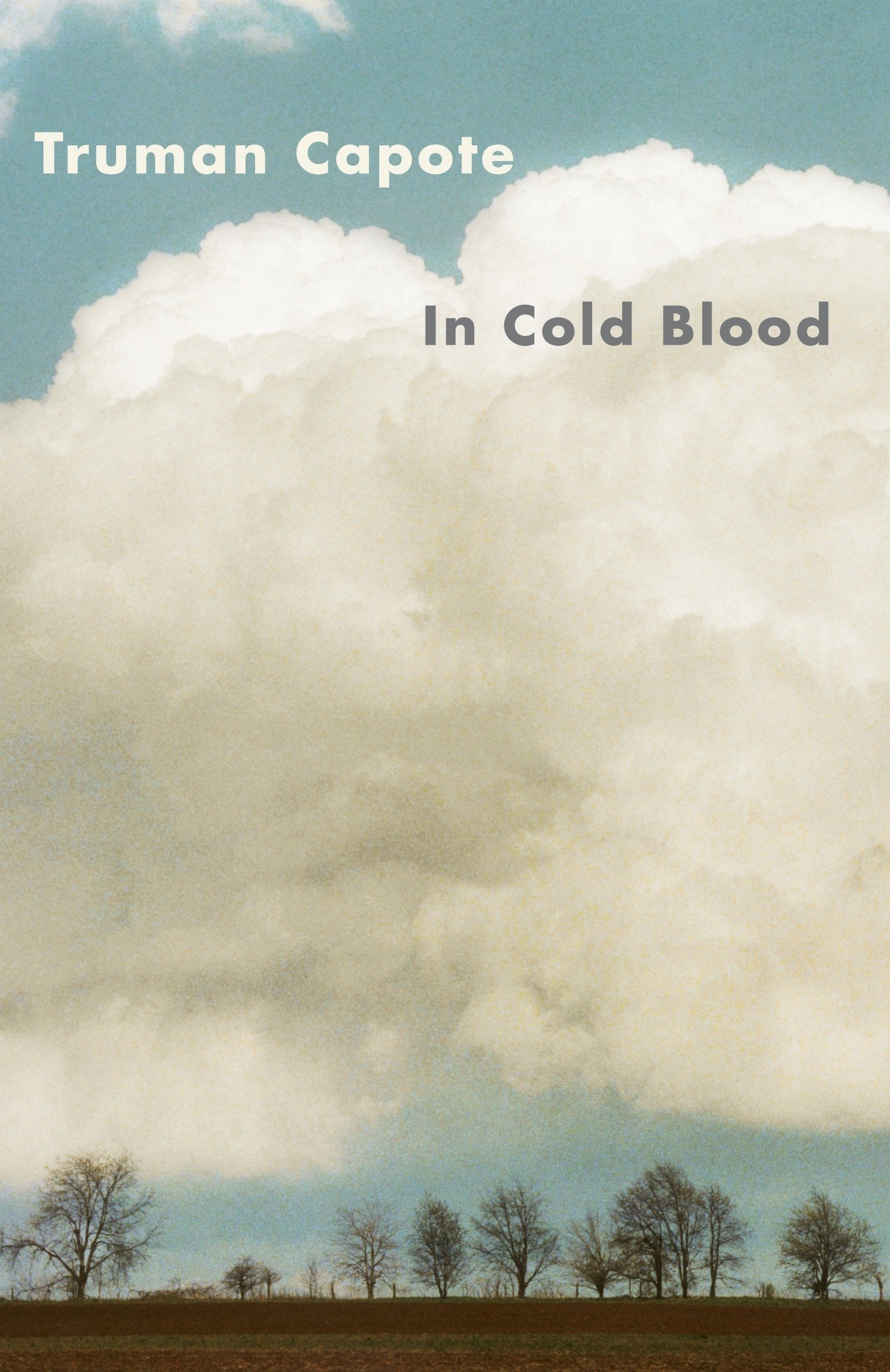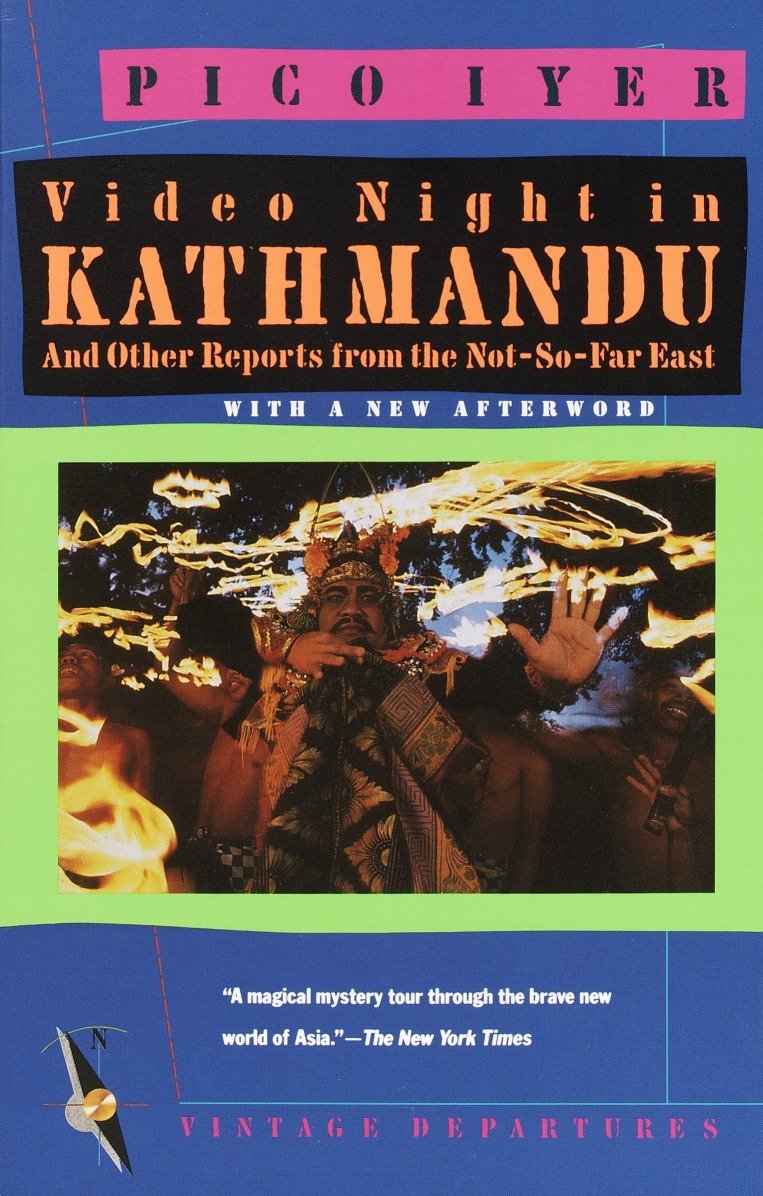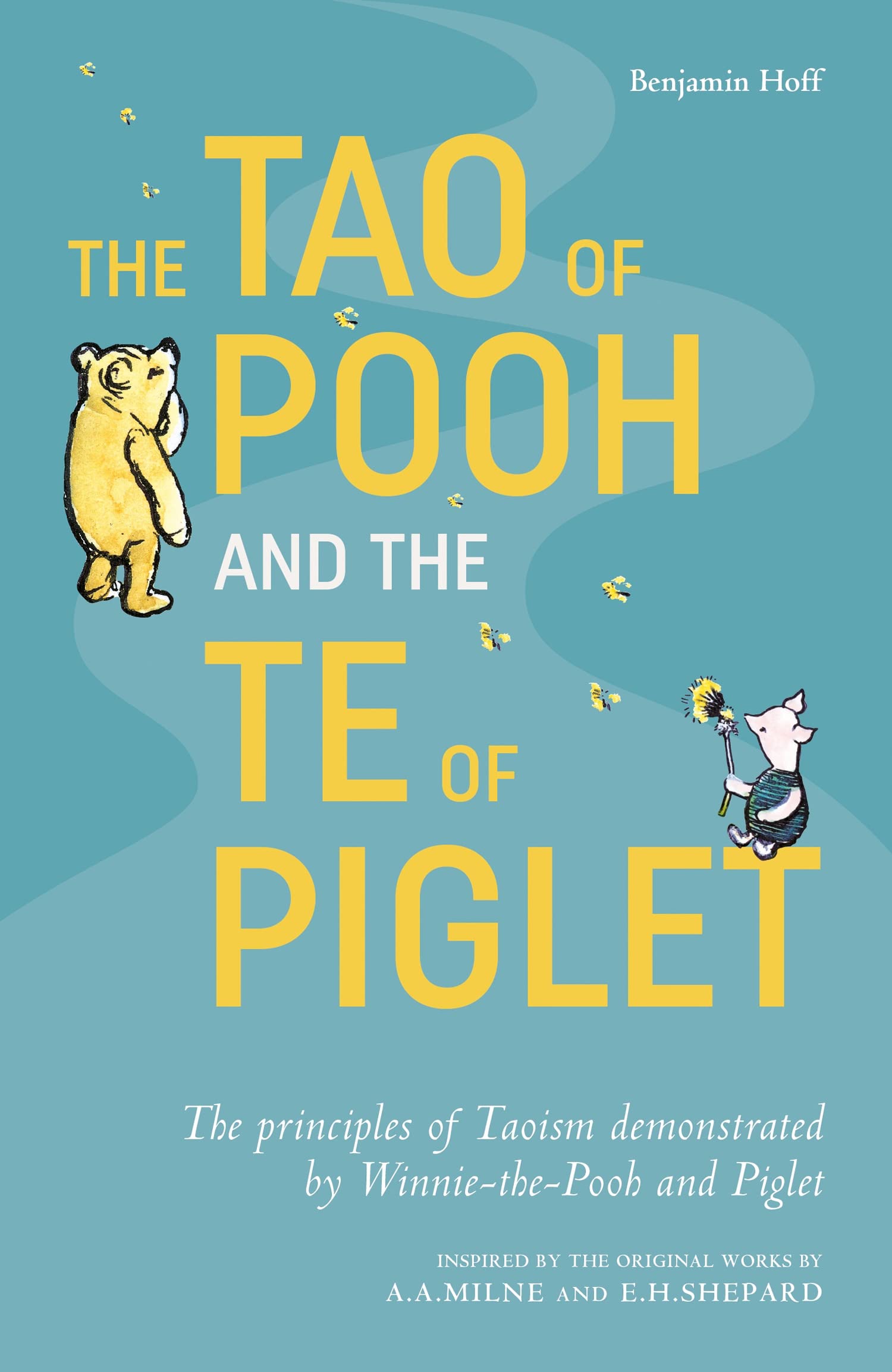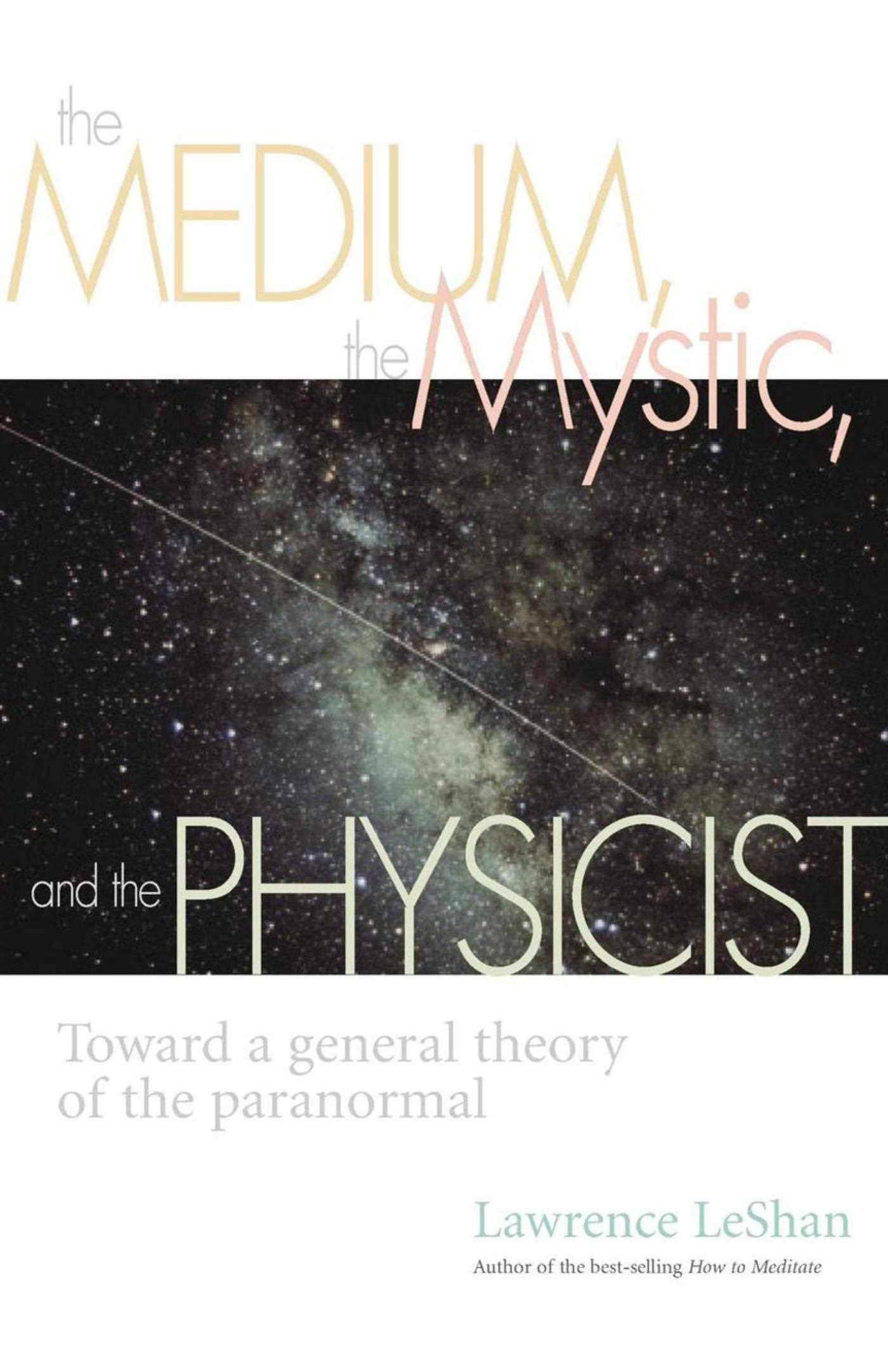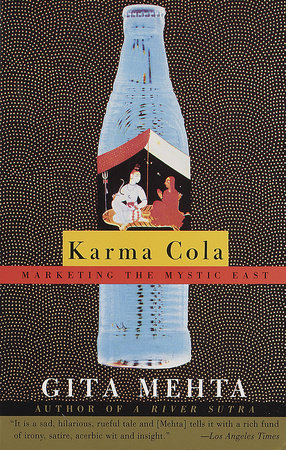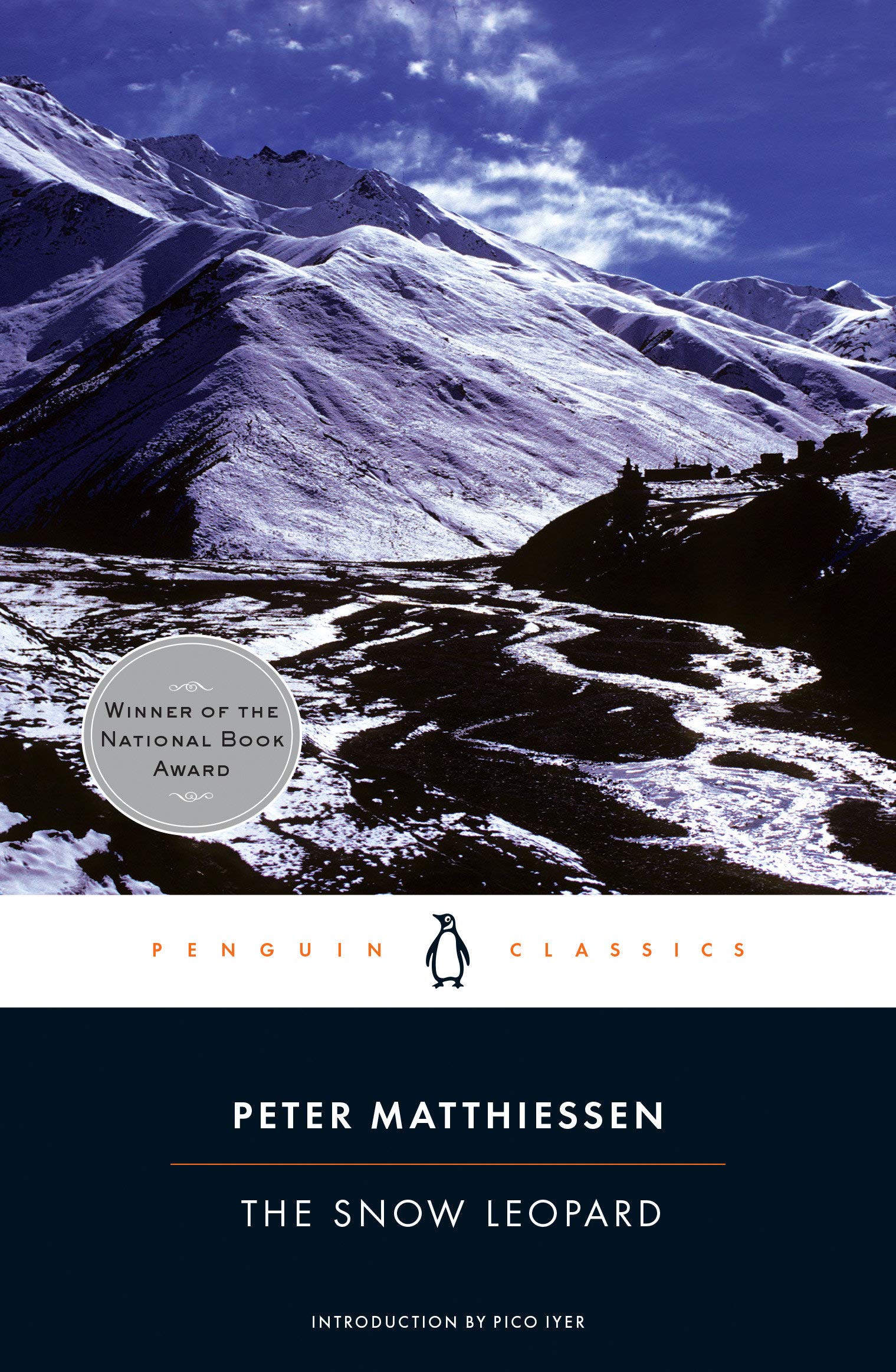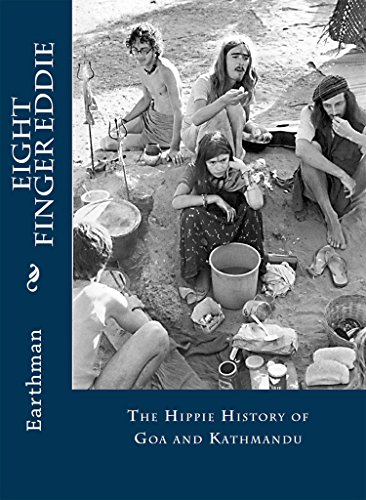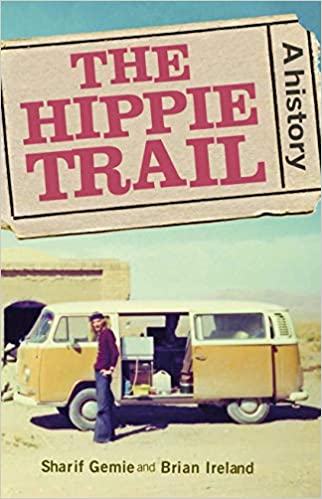Robert Byron, The Road to Oxiana (1937)
An influential work can look less impressive once its influence is everywhere. Lever House was once a lone rectangle of glass in a sea of ornate stonework. It’s harder to see what the fuss was about now that it’s surrounded by other glass rectangles. It’s harder to grasp what was so startling about thematic touches and studio trickery of Sgt. Pepper when you’ve grown up on Dark Side of the Moon and My Beautiful Dark Twisted Fantasy then when the top 10 albums included The Monkees, More of the Monkees, and The Sound of Music.
The same could be said of The Road to Oxiana, a travel account of crossing Persia into Afghanistan in 1933. Here, before Bruce Chatwin, before Eric Newby, before William Dalrymple, is a wry Englishman — Eton, Oxford, gay and closeted — writing with a now-familiar mixture of rapturous description of places and slapstick interaction with local people and the many irritations of life on the road. There are comedies rendered as playscripts, and there are long, moralizing analyses of squinches. I can sort of see why this book became an object of worship for the likes of Chatwin and Paul Fussell, but sometimes it feels like trying to get a Deadhead to explain to you what the deal is.
There are inspired bits of silliness, like his decision to refer to the Shah of Iran as Marjoribanks to avoid any trouble with the authorities should they read his notebooks, and also disheartening burts of anti-Jewish sentiment and other ugly judgments of local people. Maybe the best and most revolutionary conceit is that The Road to Oxiana never explains itself. It begins in medias res with Byron swimming in a canal in Venice and just goes from there, and either you come along or you don’t. You gather that Byron is interested in seeing the ancient architecture, about which he is deeply knowledgeable, but there’s never any real rationale given for the trip or why you ought to care about it. The story is just the story. Though they’re very different books, and very different characters, it’s the same technique you find in Jack Kerouac’s On the Road, and you find it also in An Area of Darkness, the first of V.S. Naipaul’s India books.
I don’t know that I can take quite so astringent an approach to writing my own travel story. Much of what interests me is exactly the why that hovers around the journey, the hidden lines of influence that steered me to India and away from other places. But there’s something to be said for telling the story without apologies or excuses. I was there, I saw what I saw, I felt what I felt, I behaved the way I behaved. A reader can come along with me or not, but I should probably avoid pleading overmuch for any significance. If it’s interesting to you, then it’s a story worth hearing. If not, read something else. All of my favorite books are boring to somebody.
And another thing: In my own writing, no squinches. In book after book, I’ve found myself exhausted by passages of architectural and horticultural description. In the era of Google especially, none of this is necessary. I can give you a general sense of what the Jantar Mantar or what you looks like, and then you can Google it if you care to. And I neither know nor remember enough to bore you with which sort of bird alighted on which sort of blossom just before the rains on a particular Thursday. So there you go. No architraves and no excuses.


